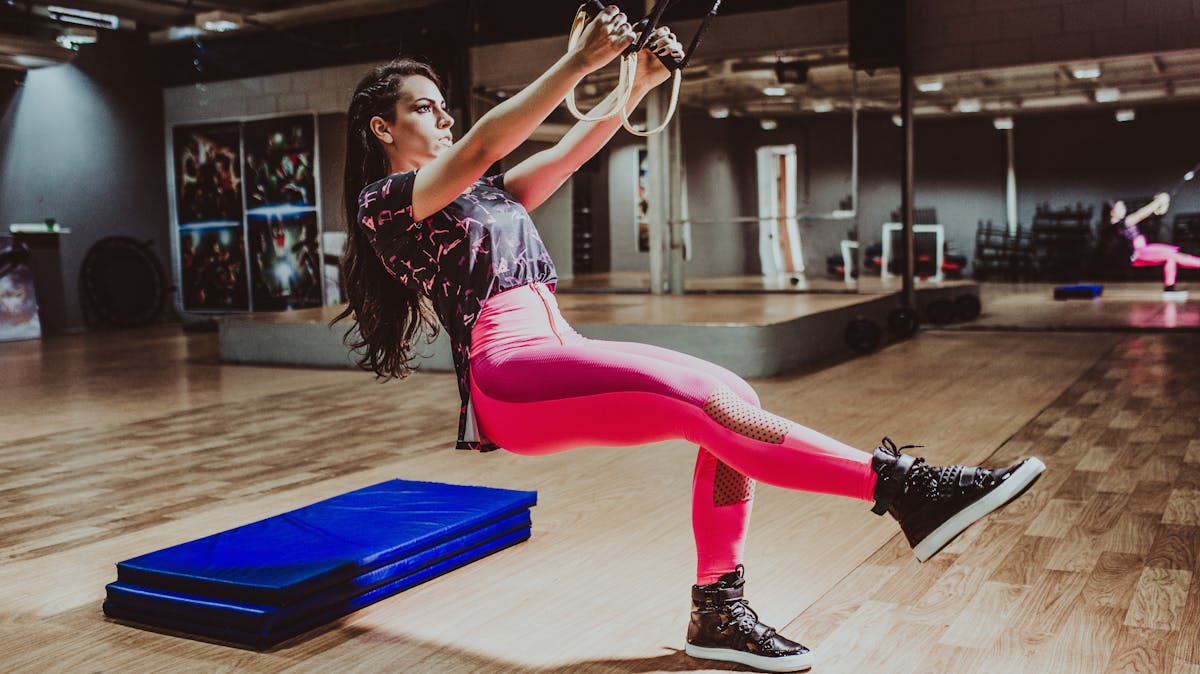
Building stronger, rounder glutes is a common goal for many fitness enthusiasts, but despite hours spent in the gym, some people struggle to see the results they want. If your glutes aren’t growing as expected, there could be several reasons why. Understanding these potential pitfalls and how to overcome them is key to achieving the glute gains you’re after.
1. Lack of Mind-Muscle Connection
The mind-muscle connection is crucial for targeting your glutes effectively during workouts. If you’re not consciously engaging your glutes during exercises, other muscles, like your quads or lower back, may take over, limiting glute activation.
How to Fix It:
- Slow Down: Focus on the movement and really squeeze your glutes at the top of exercises like squats or hip thrusts.
- Pre-Activation Exercises: Incorporate glute activation exercises, such as glute bridges or clamshells, before your main workout to “wake up” the muscles and enhance the mind-muscle connection.
2. Insufficient Load/Intensity
To grow your glutes, you need to challenge them with enough resistance. If you’re lifting the same weight for weeks or not pushing yourself to near failure, your glutes won’t have the stimulus they need to grow.
How to Fix It:
- Progressive Overload: Gradually increase the weight you’re lifting or the resistance you’re using. Aim to add a bit more weight or a few more reps each week.
- Use Heavier Weights: Don’t be afraid to lift heavy, especially for compound movements like squats, deadlifts, and hip thrusts. Your glutes are strong muscles and need substantial resistance to grow.
3. Poor Exercise Selection
Not all exercises are created equal when it comes to glute development. If your workout routine doesn’t include key glute-building exercises or if it’s overly reliant on machines, you might not be effectively targeting your glutes.
How to Fix It:
- Focus on Compound Movements: Incorporate exercises like squats, deadlifts, lunges, and hip thrusts that target the glutes directly and engage multiple muscle groups.
- Add Isolation Exercises: Include movements like glute bridges, cable kickbacks, and banded lateral walks to isolate and intensify glute activation.
4. Inconsistent Training
Consistency is key for any muscle group, including your glutes. Sporadic workouts or not training your glutes frequently enough can hinder progress. Your glutes need regular stimulation to grow.
How to Fix It:
- Train Glutes 2-3 Times Per Week: To see growth, aim to train your glutes two to three times per week, allowing adequate rest between sessions for recovery.
- Stick to a Routine: Follow a structured workout plan and stay consistent with your training. Track your progress and ensure you’re gradually increasing the intensity over time.
5. Neglecting Recovery
Muscle growth happens during recovery, not just in the gym. If you’re not giving your glutes enough time to rest and recover between workouts, you may be stalling your progress.
How to Fix It:
- Prioritize Rest: Ensure you’re getting enough sleep, as this is when your body repairs and builds muscle. Aim for 7-9 hours of quality sleep per night.
- Incorporate Active Recovery: On rest days, include activities like light walking, stretching, or foam rolling to aid recovery without adding extra strain on your glutes.
6. Imbalanced Training
Overemphasizing certain muscle groups at the expense of others can create imbalances that limit your glute growth. For example, if you only do quad-dominant exercises, your glutes might not get the attention they need.
How to Fix It:
- Balance Your Routine: Make sure your workout routine includes exercises that target all areas of the glutes—the gluteus maximus, medius, and minimus. Incorporate movements in different planes of motion, such as side lunges, to work the glutes from various angles.
7. Inadequate Nutrition
You can’t out-train a poor diet. If you’re not consuming enough calories, protein, or the right nutrients, your body won’t have the resources it needs to build muscle, including in your glutes.
How to Fix It:
- Eat Enough Calories: To build muscle, you need to be in a caloric surplus or at least eating enough to support muscle growth. Focus on nutrient-dense foods that provide the energy and building blocks your muscles need.
- Prioritize Protein: Aim for 0.7-1.0 grams of protein per pound of body weight daily to support muscle repair and growth. Include high-quality protein sources such as lean meats, eggs, dairy, legumes, and plant-based protein options.
8. Lack of Patience
Glute growth, like any muscle development, takes time. If you’re not seeing results as quickly as you’d like, it’s important to remain patient and stay consistent with your efforts.
How to Fix It:
- Trust the Process: Understand that muscle growth is a gradual process. Keep focusing on proper form, progressive overload, and consistent training.
- Track Progress: Take progress photos, measurements, or keep a workout journal to track your improvements over time. This can be motivating and help you see the subtle changes that add up to big results.
Conclusion: Building the Glutes You Want
If your glutes aren’t growing, take a step back and assess your training, nutrition, and recovery habits. By making small adjustments and staying committed to your routine, you can overcome these common obstacles and start seeing the glute gains you’ve been working toward.
Remember, building bigger, stronger glutes is a journey. Stay patient, stay focused, and most importantly, stay consistent. With the right approach, you’ll get there!
Let’s grow those glutes together!



